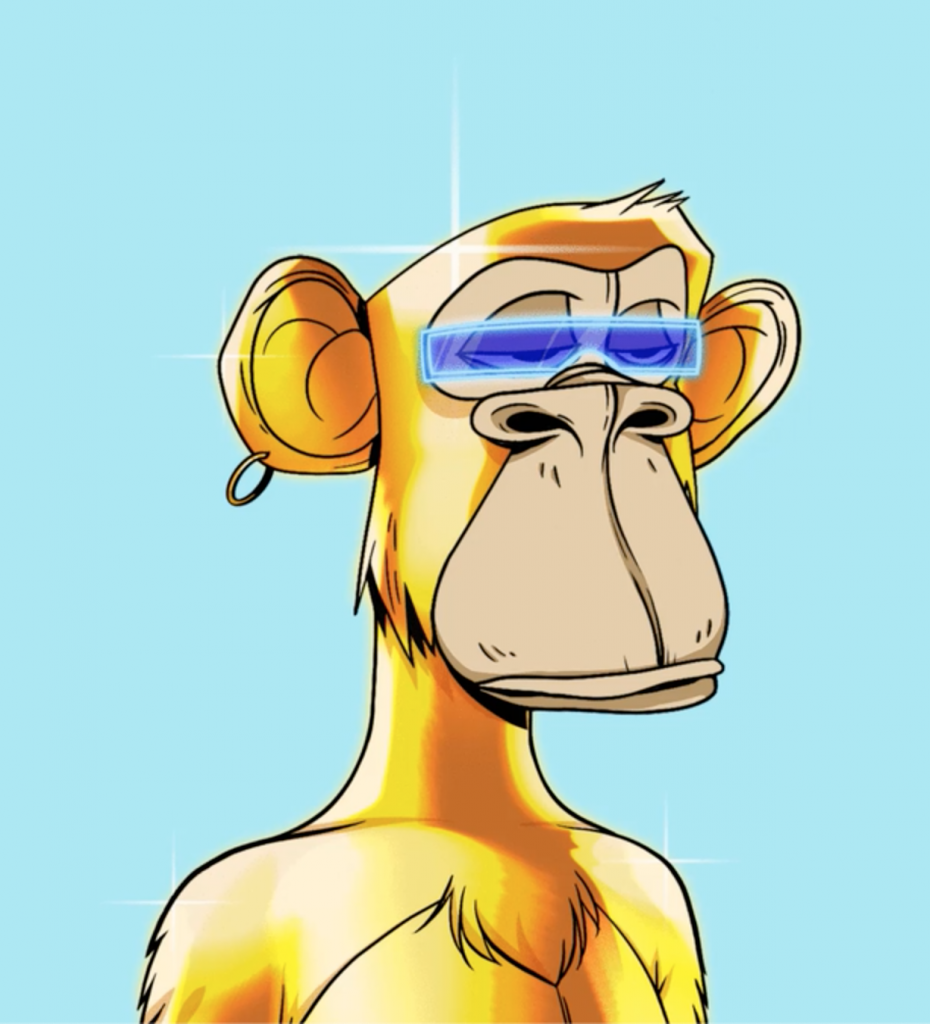
Lot Sold for $24,393,000 USD
It dawned on me that since I started The Picture Genome Project wherein I proposed that there should be an ISBN number for photos, that this may in fact be the same thing which is now coined “NFT’s” now that the blockchain has had a couple of endeavors built on top of it’s useful ledger system.
NFT stands for Non-fungible token, meaning there is a unique set of numbers associated with each image. A non-fungible token is a unit of data stored on a digital ledger, called a blockchain, that certifies a digital asset to be unique and therefore not interchangeable. NFTs can be used to represent items such as photos, videos, audio, and other types of digital files.
So in 2012 I was pursuing this heartfelt intuition that was nearly impossible to articulate. I tried. I found that images and websites were a way for me to communicate my visions, sort of like in that movie Arrival, where the aliens come to earth and we find that sharing symbols in ink is the only way to transfer ideas between humans and aliens. One of the websites I built was picturegenome.com which aggregated the latest software, thinking, and systems for understanding the depth that a regular image might contain. One of my core theories is that there are so many different layers to an image and an entire story can be contained in a simple JPG or PNG. And most of what we humans believe in society are image based, which is controlled by a few people, think Allegory of the Cave. It holds true today as much as it ever has. Think about the social media companies and the people grandfathered into the roles of responsibility that determine what millions of people can see. Anyways, the reason I created Shopping from Instagram with an app called Shopsy was to democratize images, to provide a means of distributing wealth for those people producing the asset and in so doing this I had the notion of monetization and thus tracking images through the use of what I best relate it to the ISBN we have for books, but only for images. Now, of course meta-data has existed for sometime and I am no PHD in computer vision, AI, or even computer science, and yet from picking up the pieces that have been laid down before me – paired with oh, about 8 years of foresight, I believe that my posts and aggregation of the latest computer vision, tracking and meta data technologies all in en effort to create a system for a revolution in imagery, that this set the foundation for what has become known today as NFT’s or non-fungible tokens. If you or someone that you know of has benefitted from this democratization and monetization of images, then please consider sharing this story and making a donation to picturegenome.com/donate because neither I nor the entities that I have helped shape which have contributed to artists getting paid have received one dollar from sharing these concepts with you and the world. I did not create these things to profit, I have always done my best to share my ideas to help create a prosumer movement in the hopes of making the world a better place. #OwnYourImage #PictureGenome #NFTs
Below is my original post from 20th November 2012.
Welcome to The Picture Genome Project.
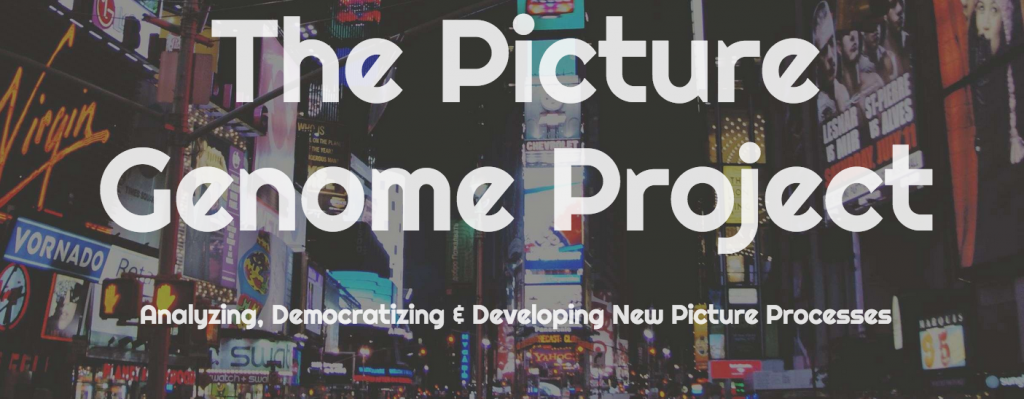
What?
The Picture Genome Project will develop solutions for the disbursement of profits from the Democratization of Pictures. It is also an effort to categorize pictures through the standardization of picture meta data. Our aim is to allow people to track the billions of pictures created throughout our lifetime.
Why?
The history of humanity is about exploring. Much like the Human Genome began the study to begin decoding DNA in 1990 to understand the genetic makeup of the human species, I believe that through categorization of pictures we will assemble a better understanding of the art, trends, and transcendence that is provided through them.
How?
Based off of the latest technologies and integrations of known interactions. By bringing together a think tank of industry leaders we will continually strive for new ways to integrate and standardize meta data into pictures every day. As books have their ISBN #’s, music has it’s rhythms and melodies, all great forms of art have sought out order to expand the reach and creativity that is only limited by our imagination.
Who?
We all create pictures, but this project will only move forward with the participation of leading photographers, prosumers, and business leaders.
As the Human Genome Project remains one of the largest single investigative projects in modern science, I look forward to working with tech leaders to evolve our understanding of the content we all continually create.
I look forward to your comments and participation.


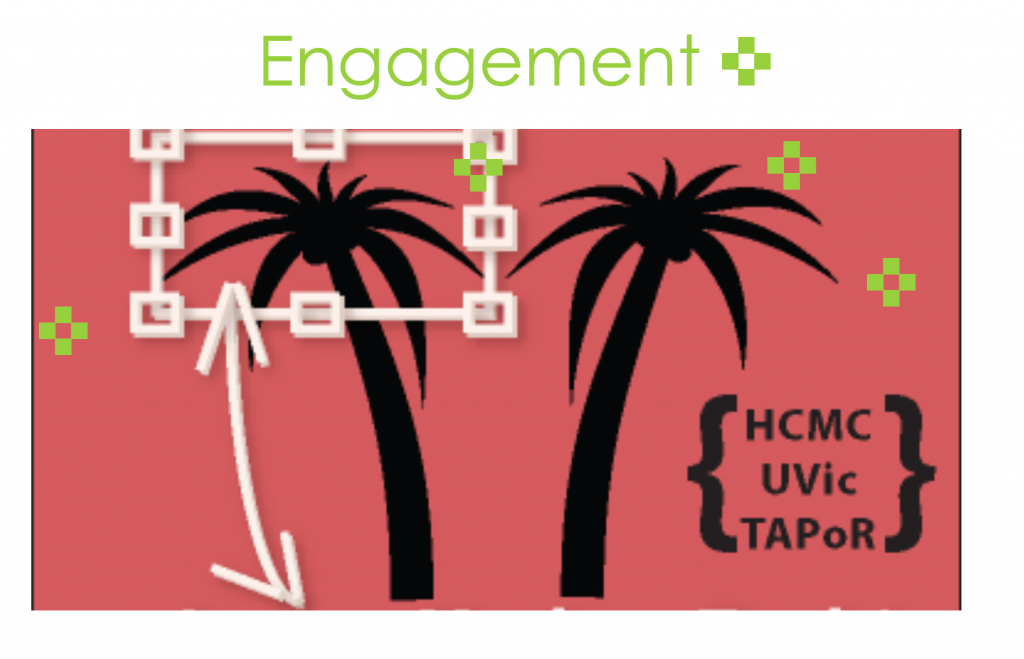
The NFT market is expected to reach $1.3 billion by the end of 2021. Interesting food for thought.
I have not made a cent off of NFT’s, so if you would like to support me that would be appreciated. Consider bidding on the Alan Watts NFT I created here: https://rarible.com/token/0x60f80121c31a0d46b5279700f9df786054aa5ee5:1418239. Stay tuned for awesome NFT drops coming soon!
Or kindly make a donation here:
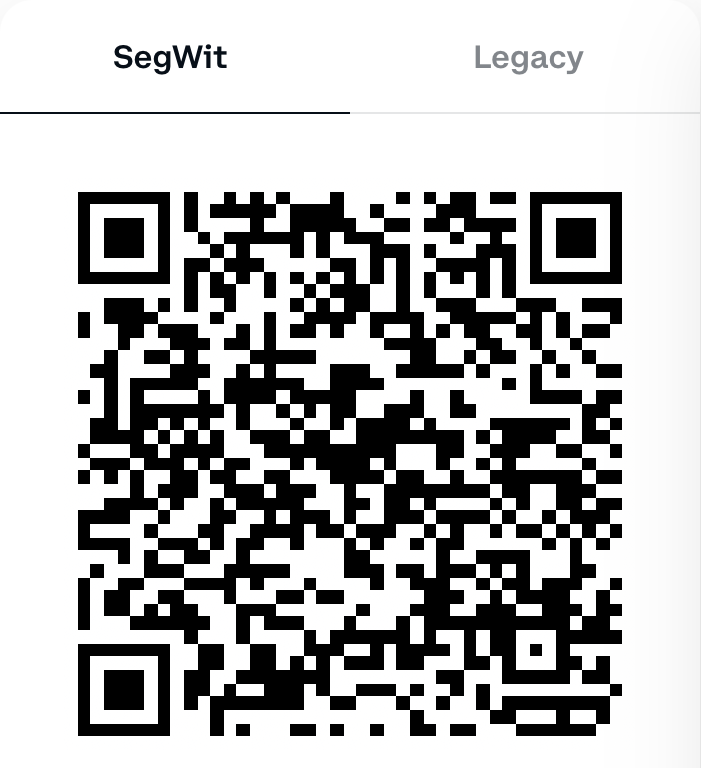
Love and Light,
Andy

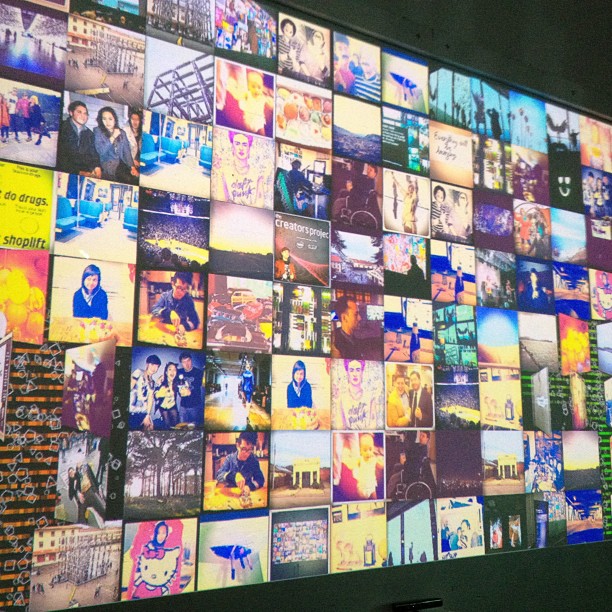
Join the discussion One Comment